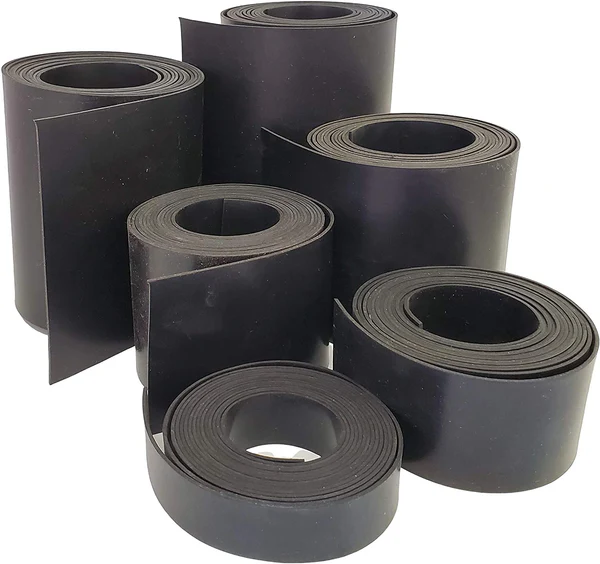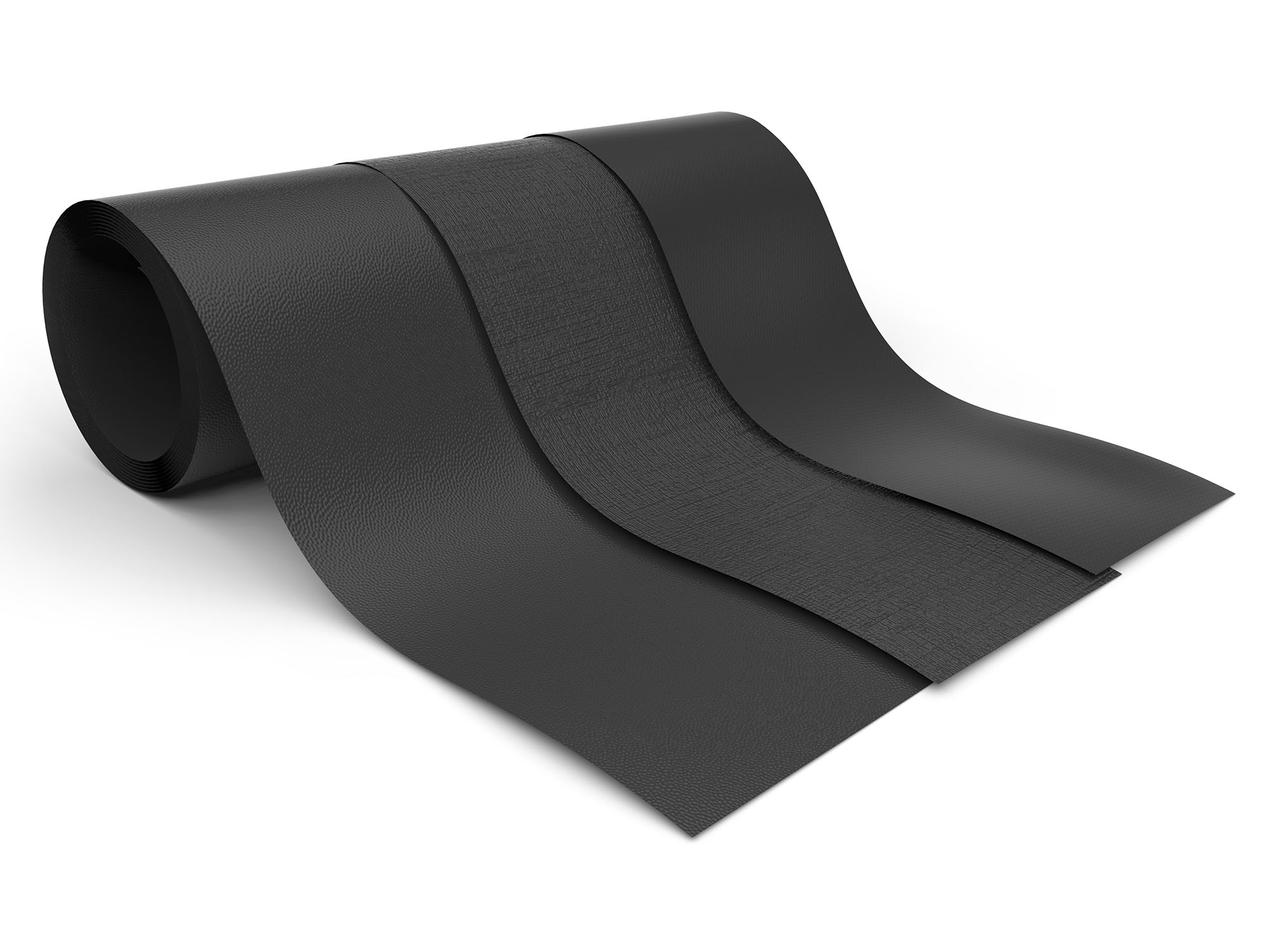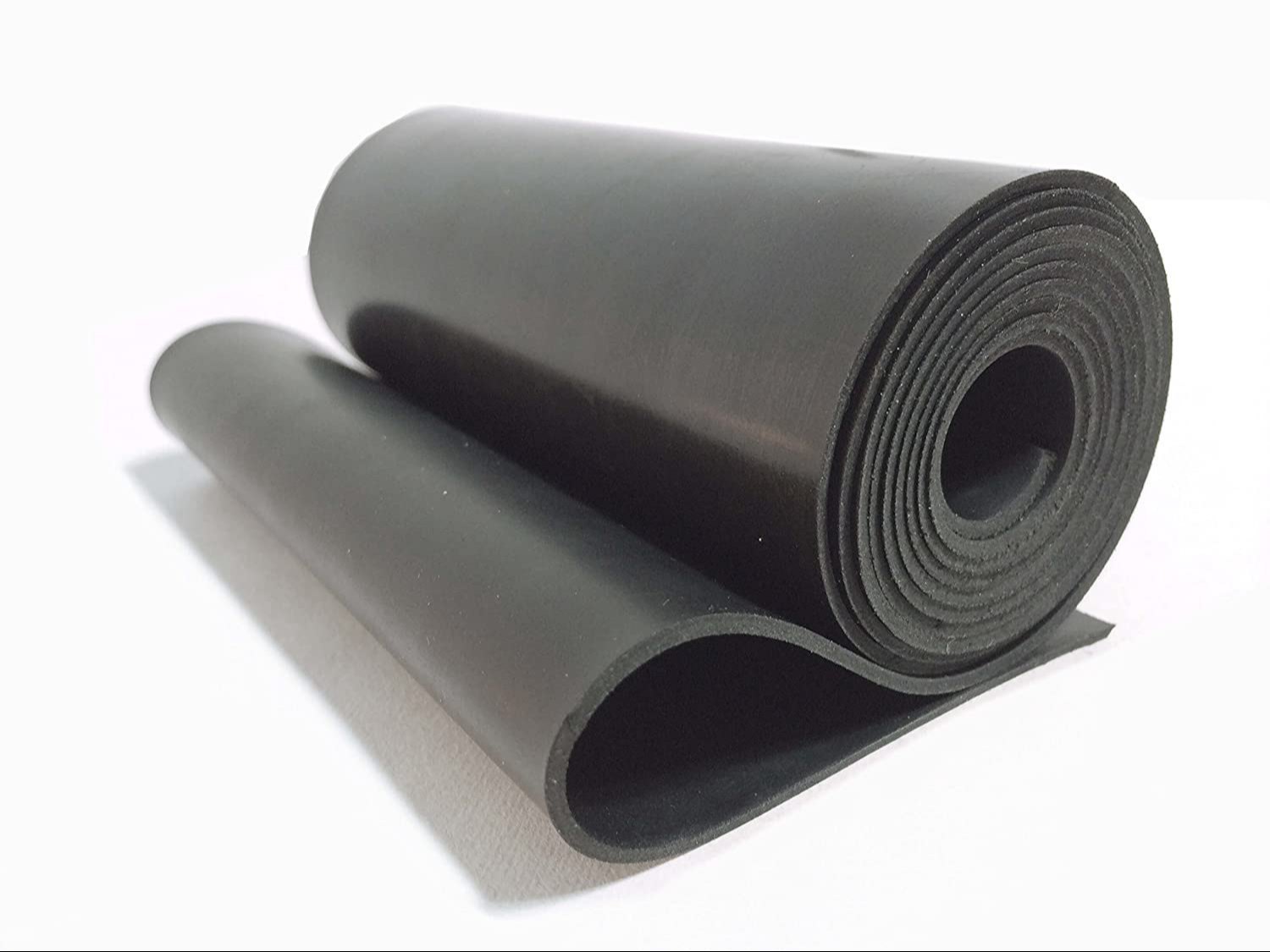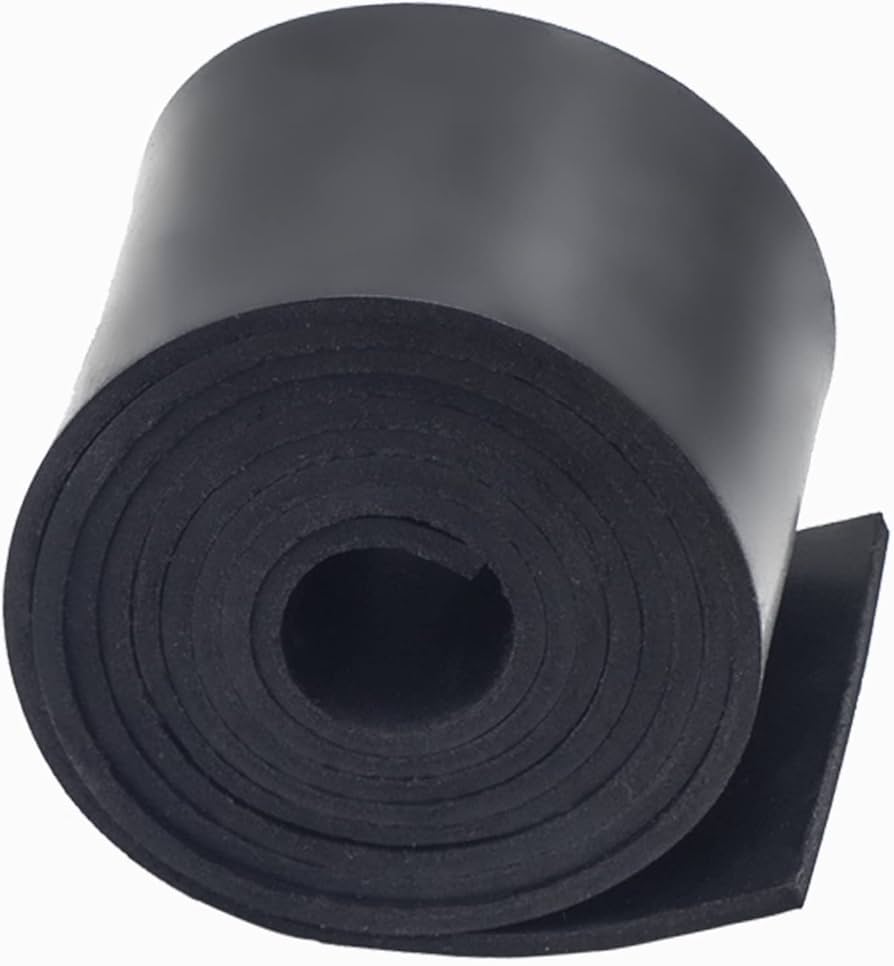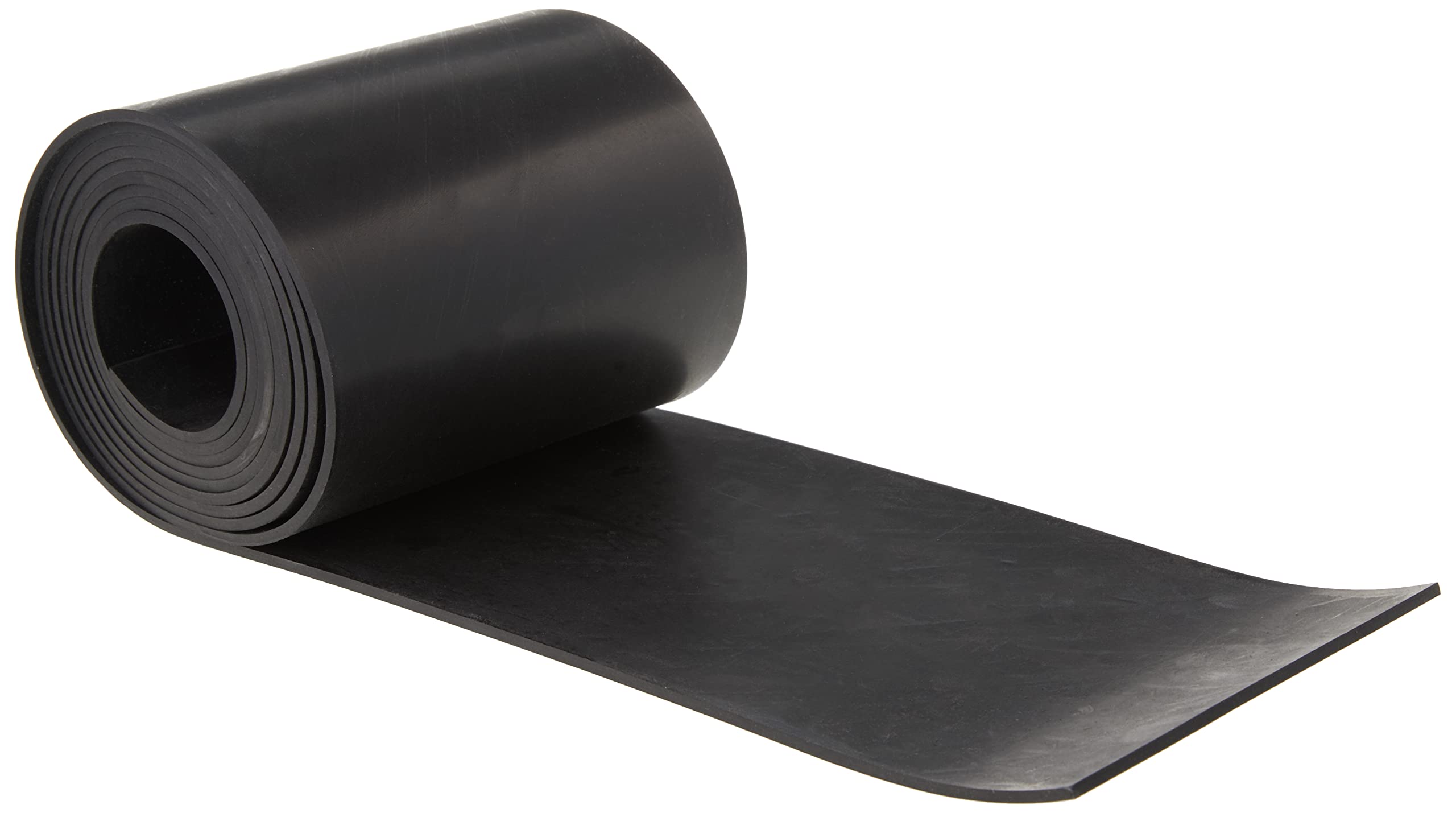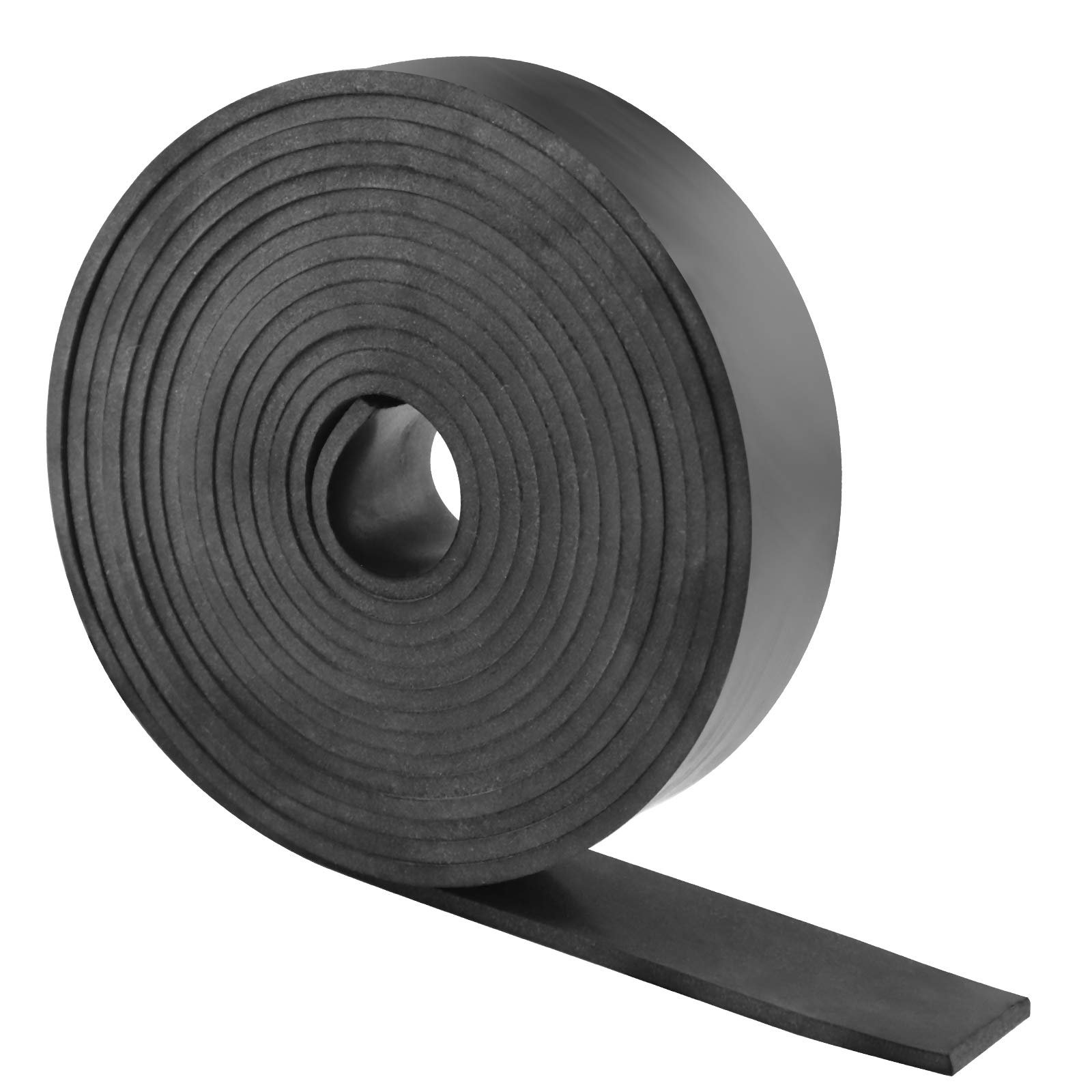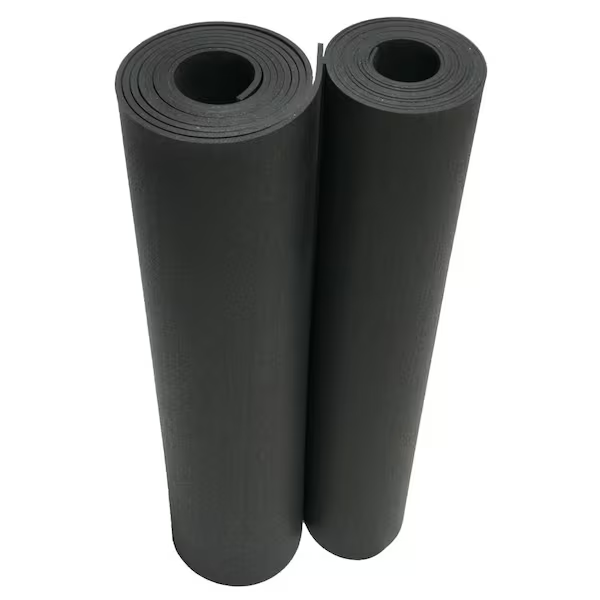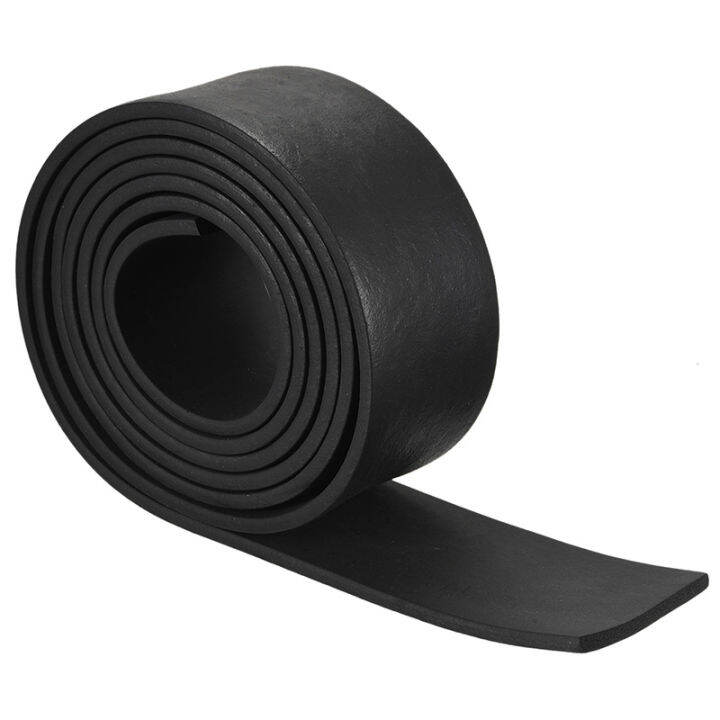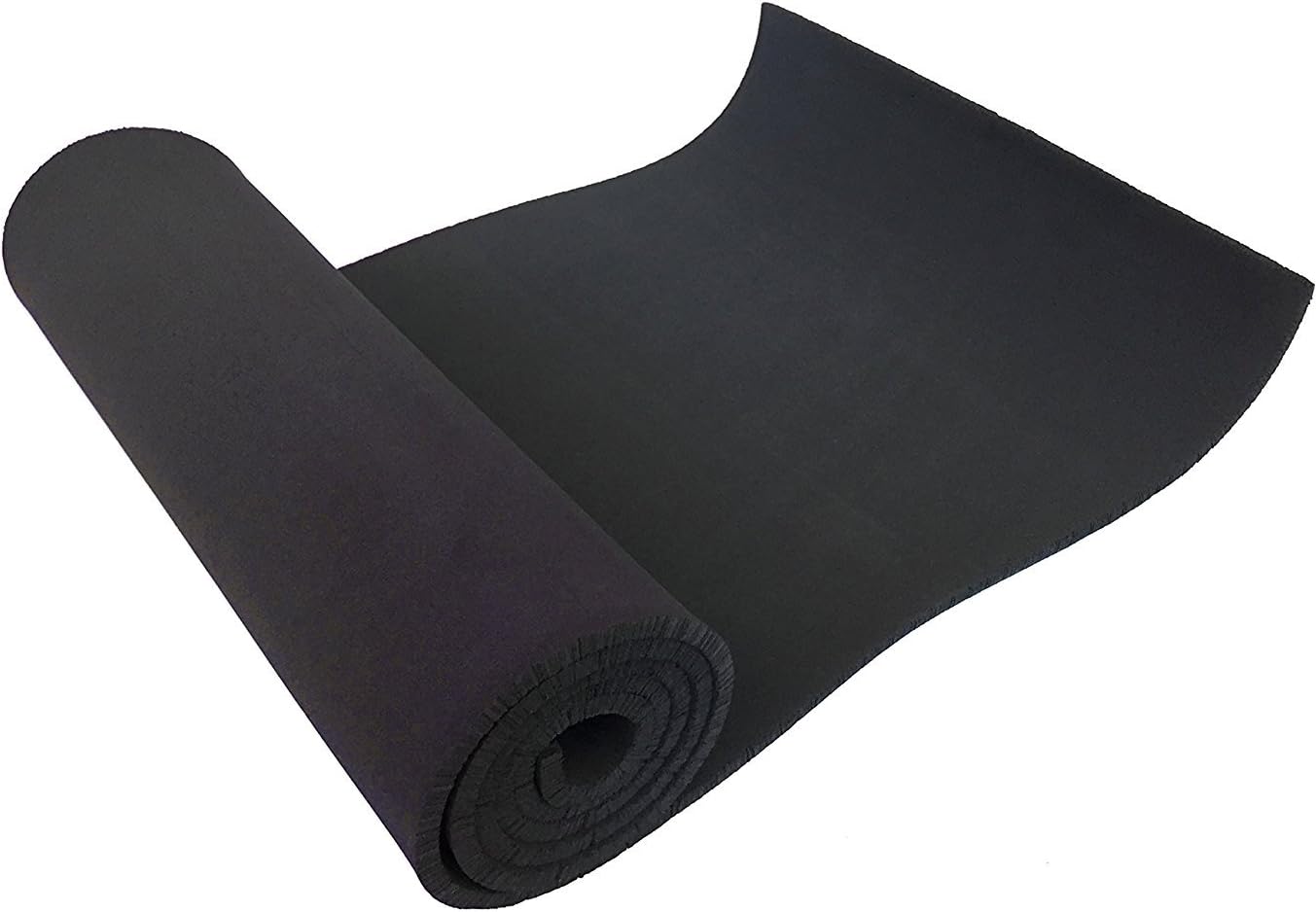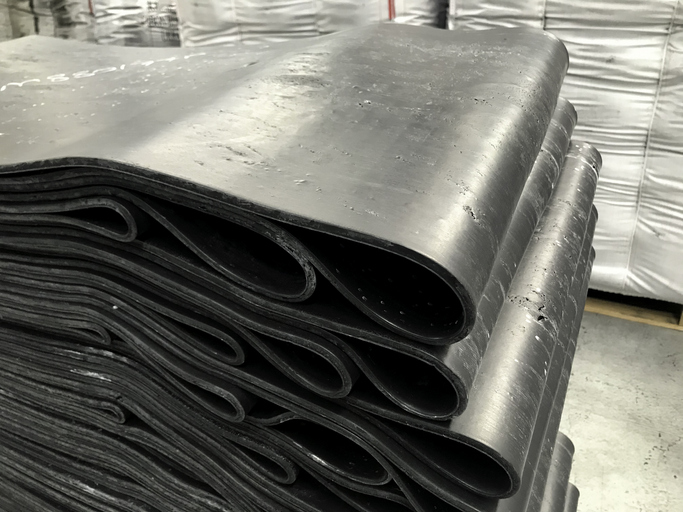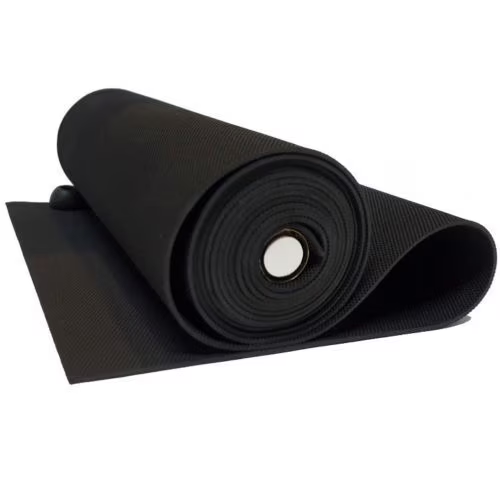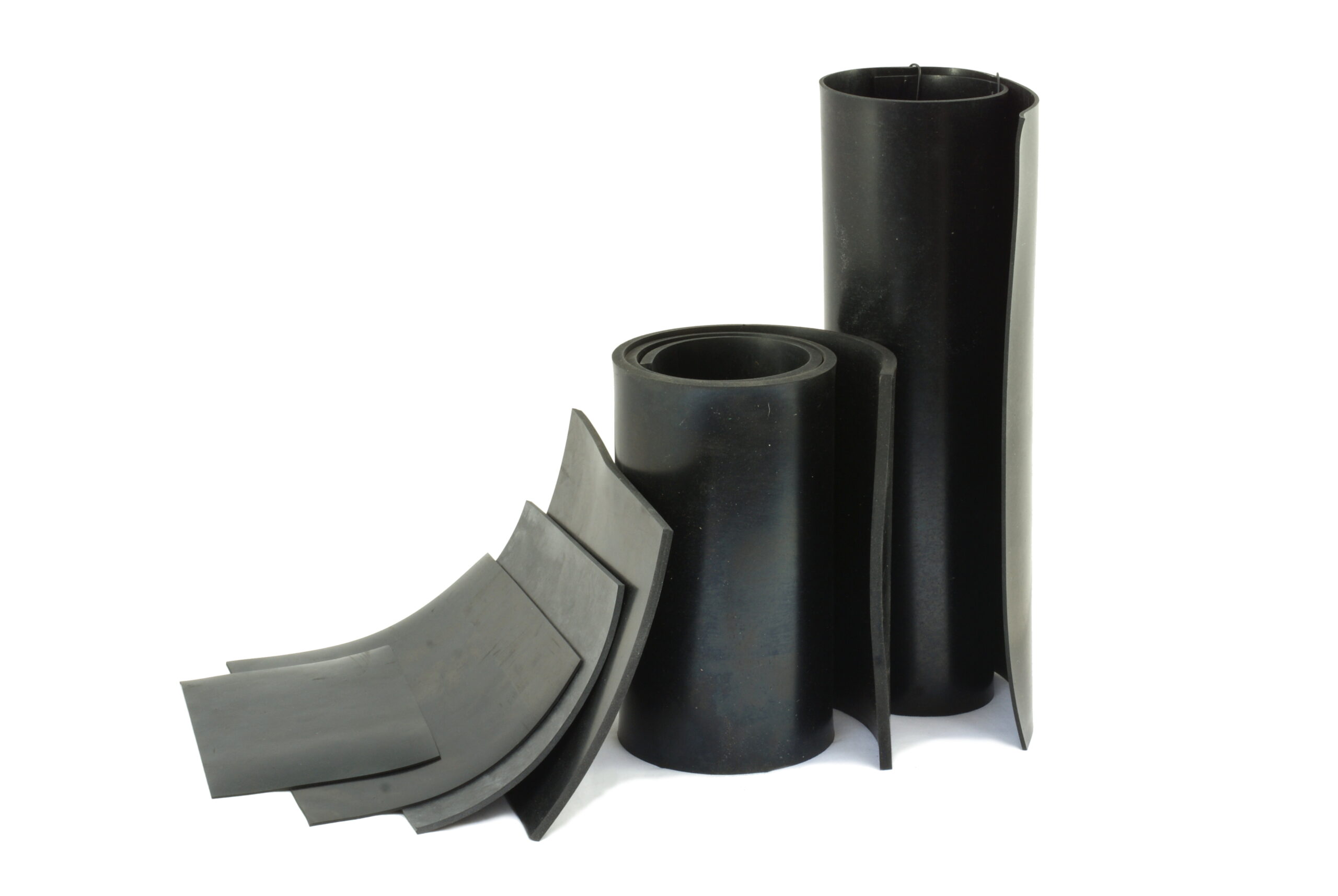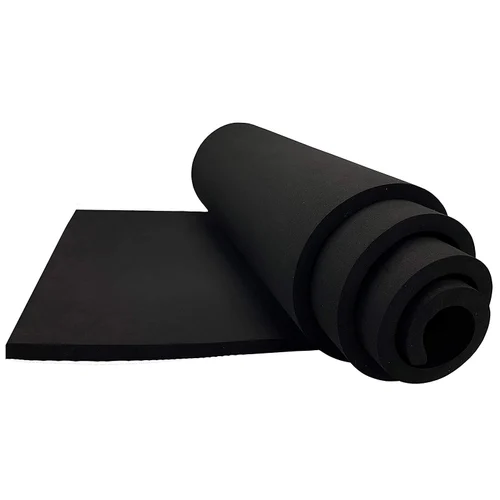Description
Rubber is a versatile and essential material that has found its way into countless applications across various industries. Derived primarily from the latex sap of rubber trees, primarily the Hevea brasiliensis species, natural rubber boasts unique properties such as elasticity, resilience, and waterproofing capabilities. The process of harvesting rubber involves careful tapping of tree bark, which allows the latex to flow out and be collected. This raw material undergoes several processing steps, including coagulation, washing, and drying, to produce the rubber products we rely on today.
In addition to natural rubber, synthetic rubber, which is produced from petrochemical sources, has become increasingly important in modern manufacturing. Synthetic rubber offers advantages in terms of cost, production speed, and specific performance characteristics, making it ideal for a wide range of applications, from tires to seals and gaskets. As the demand for rubber continues to grow, so does the need for sustainable practices in both natural and synthetic rubber production. This includes efforts to tap into renewable resources, recycle used rubber products, and explore biodegradable alternatives, thereby minimizing the environmental impact of rubber manufacturing.
The significance of rubber extends beyond industrial uses; it also plays a crucial role in everyday consumer products. Items such as footwear, sporting goods, and medical supplies all leverage the inherent qualities of rubber to enhance functionality and durability. Moreover, advancements in rubber technology are leading to innovative applications, such as in the automotive and aerospace sectors, where lightweight and high-performance rubber composites are becoming increasingly utilized. As we look to the future, the ongoing research and development in rubber materials will not only improve existing products but also pave the way for new, sustainable solutions that benefit both consumers and the environment.
